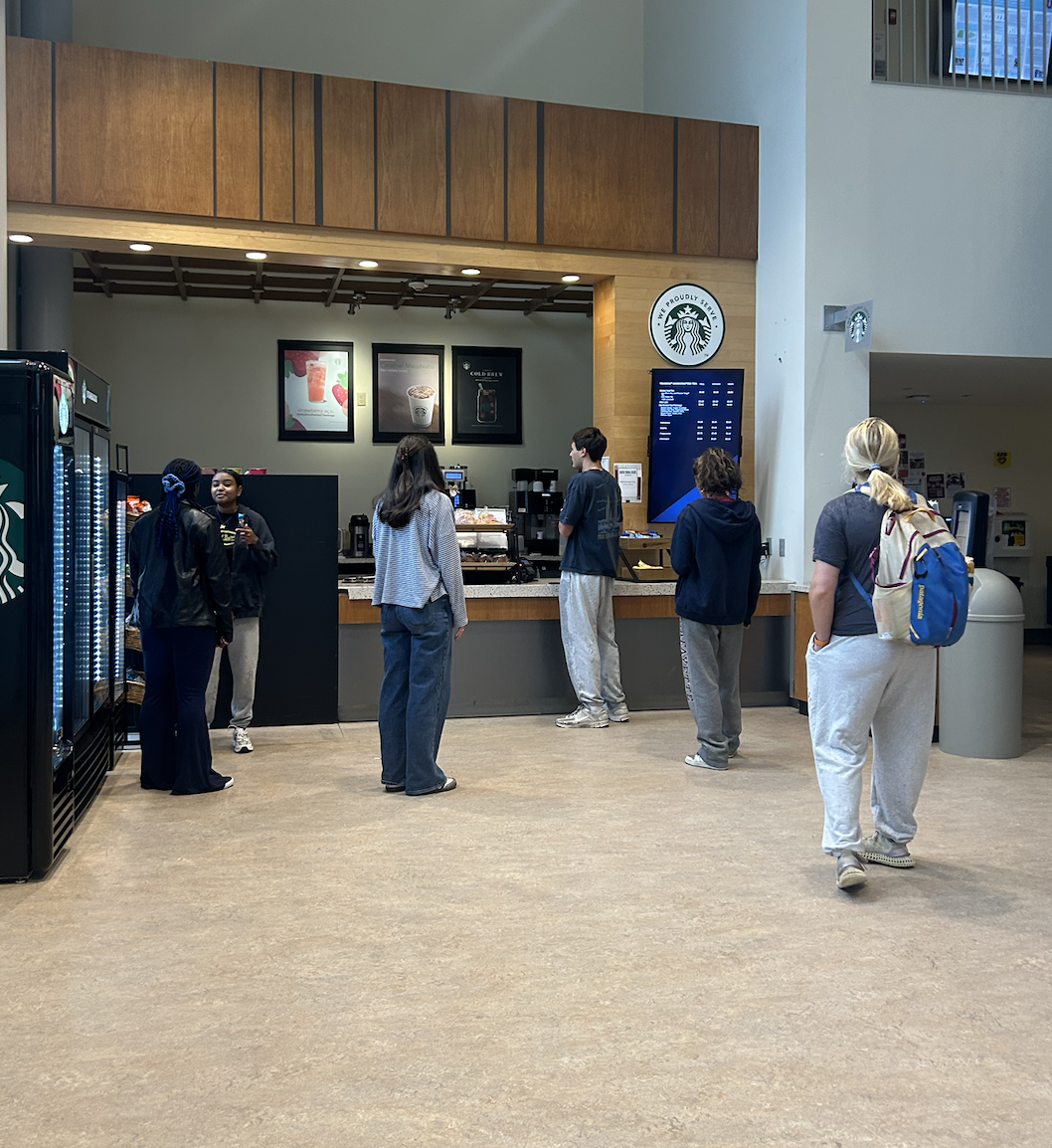Last weekend, I went to my first ever college football game. Since the Chargers took on Springfield College at their big home-opener game—of course I had to be there. On that night in particular, it seemed as though everyone else shared this sentiment, and, by that, I mean the stadium was packed. The bleachers were stuffed like sardine tins with antsy college kids rooting for their team. Where I watched the game, that being some random hill on the other side of the field, was also lined with huddles of students galore.
Within the first half of the game, Union was already leading by 21 points, which led me, a not-so-avid football fan, to become bored. Back home, my high school’s football team wasn’t the greatest, so I wasn’t necessarily used to having this much cushion in terms of a leading score. So, in light of that, I didn’t quite know what to do with myself at halftime. I could have stayed watching this game, sure, but something even better came upon me: I should go to the volleyball game. And so I went.
That night’s volleyball game had started during the second quarter of the football game, so I knew that everyone would have had to choose one or the other (or neither, I suppose) to attend that night. As halftime commenced, I saw nearly half of the students on my ‘hill’ get up and leave for what I thought was the aforementioned volleyball game. It was going to be Union’s second match of the day, against a tough competitor, SUNY Oneonta; surely people would want to see this. However, when I walked into Viniar Athletic Center, I noticed far too many empty seats in the copious amount of bleachers we have. Where did all of those people from the football game go? Why are the only people I’m surrounded by cheering for our opponent? I know that Union’s volleyball team isn’t bad or anything; in fact, they’ve already amassed an impressive five wins since the start of the season at the time of writing. So, if that wasn’t the case, why would people not be here at this game, I wondered.
The volleyball game ended up being amazing. It wasn’t a clean 3-0 sweep, so it really had me on the edge of my seat, and many players achieved seasonal-bests in total kills and digs. In the second set, the two teams were tied on five separate occasions—truly a nail-biter. Sure enough, we ended up winning in four. Yet, as enthralling as it was, the lackluster attendance from my fellow classmates still remained on my mind throughout the sets. I connected the dots and realized that the clusters of people who had gotten up during the football halftime had simply dispersed in that time, returning to their dorm rooms or perhaps choosing to loiter somewhere else on campus. Don’t get me wrong, I’m all about loitering, but why not do so right in front of this totally riveting display of peak athletic performance by these amazingly talented women? And then it hit me. That’s why there was a dramatically lower number of spectators at the volleyball game that night: because it’s a women’s sport.
Now, I’m not throwing this out there as an accusatory statement or one intended to shame the entire generalized community here at Union, but this idea that people watch women’s sports significantly less than they do men’s sports has been publicly reported and agreed upon for dozens of year. According to a YouGov study conducted in 2021, 56% of people, on average, say that they watch men’s sports more often than they watch women’s sports. That’s compared to a staggering 8% of people who claim the opposite: that they watch women’s sports more often than they do men’s. While one could argue that there simply aren’t as many women-dominated sports to be watched in general, that is precisely the root of the problem. Women have historically been restricted athletically in terms of being allowed to play certain sports, being recognized at a level equal to that of their male teammates/opponents, and being evenly compensated for playing those sports at a professional level. Even just recently these problems of athletic equality have been plaguing international sports at an alarming level, and by the looks of it, Union’s student body is only perpetuating this sentiment.
In the end, I’m not going to police each and every Union student, making sure that they go to an exactly equal amount of men’s and women’s games on campus this year. I think it’s important to watch the sports that you want to watch. However, I also think it’s important to recognize the talent within these female-dominated teams. Who knows? Once you start to consider the impressive athleticism of Union’s female teams, you might become more interested in the sport. Then maybe, just maybe, you might actually want to go to one of these games. If that is the case, I strongly encourage you to go check it out; it might even inspire others to do the same. When that time comes, I’ll see you there.











